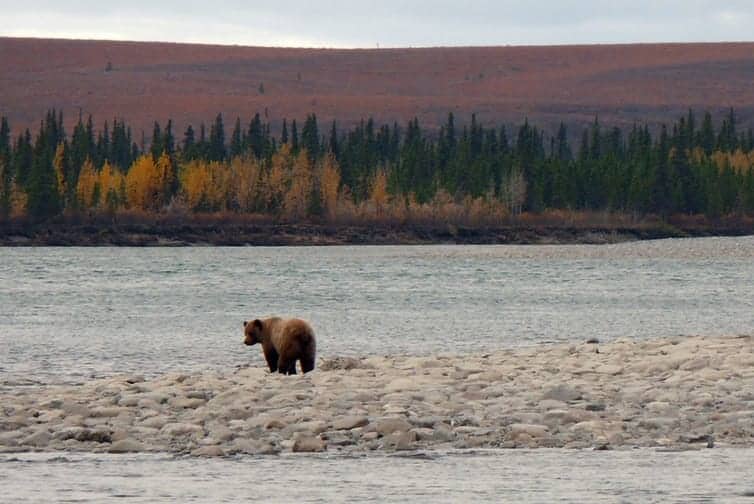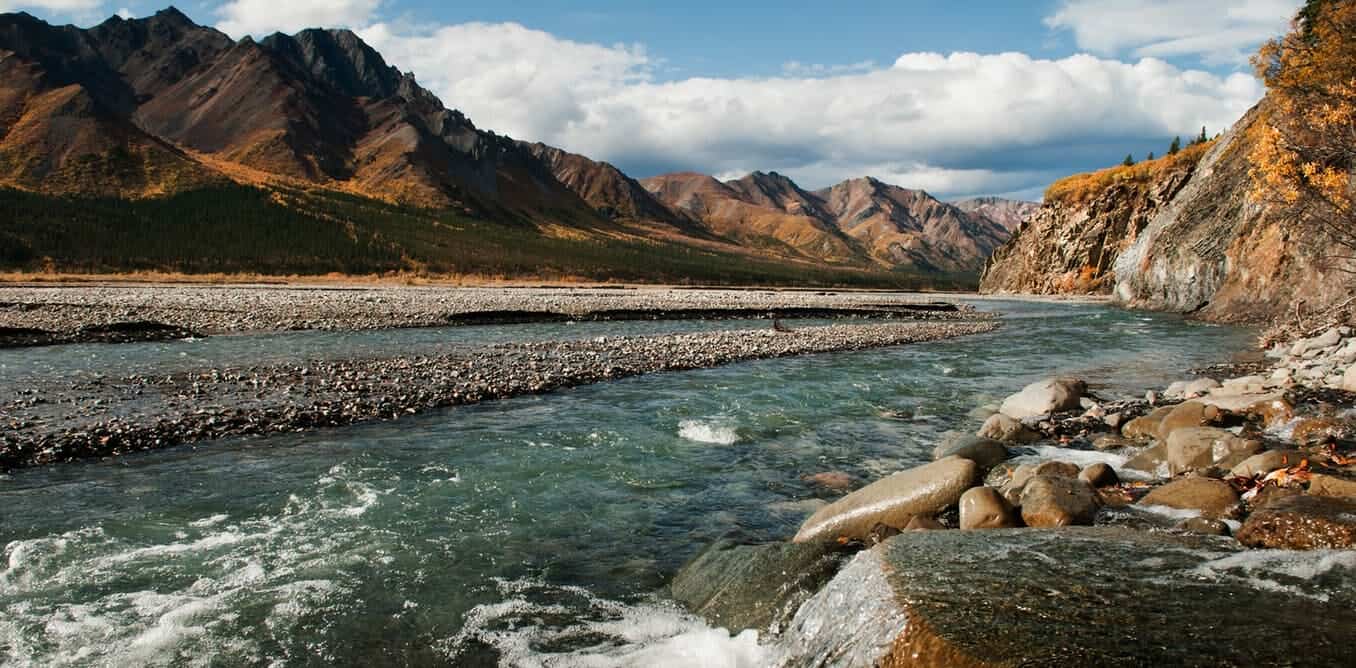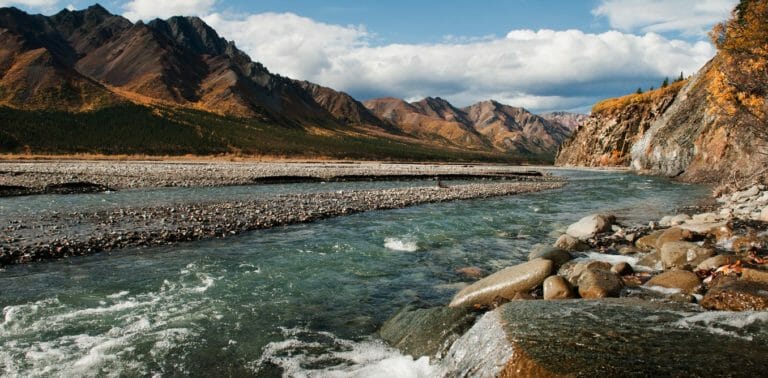Gravel bed rivers and their floodplains are vital to local ecosystems and their ability to adapt to climate change. sandybrownjensen/flickr, CC BY-SA
Although they may not commonly be viewed as hotspots for biodiversity, gravel-bed river floodplains are by far the most important feature for nature across the landscapes of western North America.
This is because gravel-bed rivers disproportionately create high diversity of habitats, concentrate nutrients for growth, and provide corridors to link populations of species that would otherwise become isolated.
More than just river channels carrying water off the landscape and channels used by fish, gravel-bed rivers are essential to the life requirements of a wide variety of aquatic, avian and terrestrial species from microbes to grizzly bears.

What’s more, in a recently published article authored by myself and interdisciplinary team of colleagues, we found that gravel-bed river floodplains will be critically important for native species under the increasing pressures of climate change now and in the future.
Home to many creatures
Unlike meandering sand- and silt-bottom rivers like the Missouri and Mississippi, gravel-bed rivers flow over deep beds of gravel and cobble that form floodplains which function somewhat like a sponge.
These types of rivers and floodplains form a network of complex habitats and corridors of connectivity across the mountain west of the United States and Canada, a landscape once covered by glaciers. In our shared mountain region from Yellowstone to Yukon, the complex habitats of gravel-bed rivers are maintained through time by flooding, channel and gravel movement, and new life.
Although occupying less than 3 percent of the area, gravel-bed river floodplains contain over half of the region’s plant diversity. More than 70 percent of the region’s bird species use these river floodplains for some critical stage of their life. The large, iconic deer and elk of the region use them year-round, but most extensively in […]
Full article: Why river floodplains are key to preserving nature and biodiversity in the western US
More about the health of rivers:
WWF Report Explores Rivers’ Less Valued Benefits
Rivers cover lots more of the Earth than we thought
World Water Week: Water, ecosystems and human development | IUCN
Interfaith Leaders From Across The World Pledge To Protect Rivers, Glaciers



